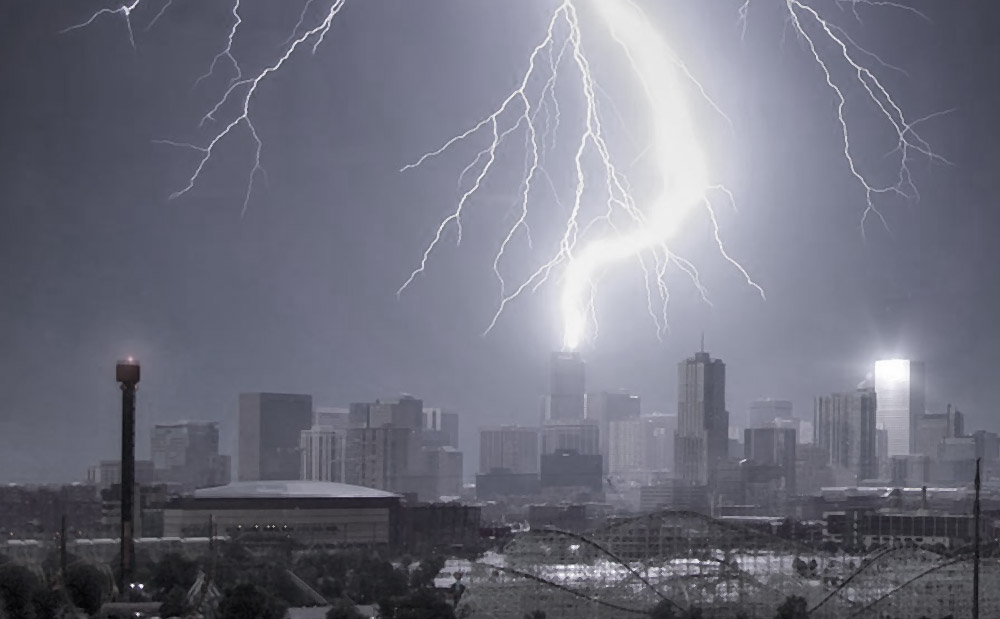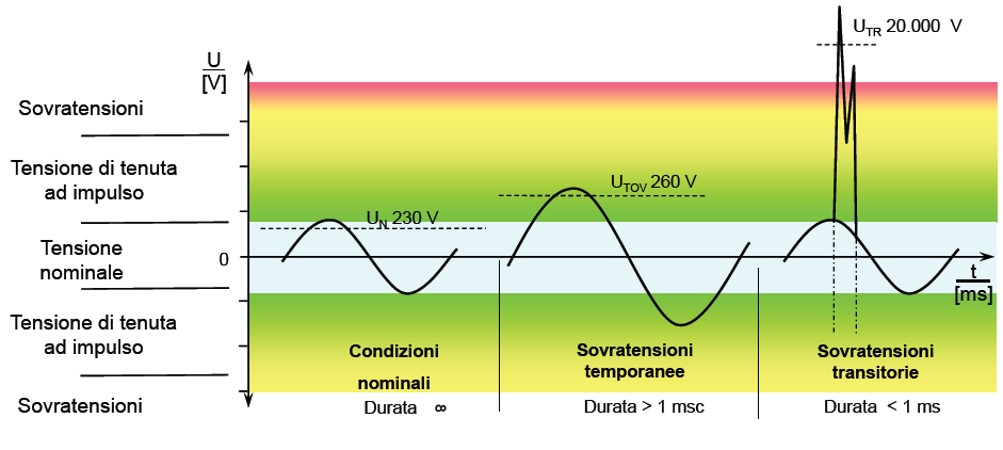 https://blog.seneca.it/wp-content/uploads/2020/04/Lightning-Protection.jpg
https://blog.seneca.it/wp-content/uploads/2020/04/Lightning-Protection.jpg
Surge Protective Devices (SPDs), commonly referred to as “surge arresters”, are designed to protect electrical systems and equipment against transient and impulse surges such as, for example, lightning strikes and surges caused by electrical manoeuvres.
The SENECA offer based on the S400 Series includes
- Type 2 and 3 unloaders for industrial power supply systems
- Protections for control, measurement and regulation systems that can be used in binary and analog circuits, such as pulses, 0..10 Vdc signals and 0/4..20 mA current loops.
- Overvoltage protection for computer and communication networks (token ring, ISDN, DS1, Ethernet, Power over Ethernet, RS232/422/485 etc.) with extremely high transmission speed and leakage capacity impulse hold and isolation
The standard CEI EN 60664-1 (Insulation coordination for equipment in low voltage systems. Part 1: Principles, requirements and tests) defines as overvoltage all voltages having a peak value exceeding the value corresponding to the peak of the maximum voltage in permanent operation under normal operating conditions.
Transient overvoltage consists of a short-time peak voltage (shorter than one millisecond) whose amplitude can reach tens of times the nominal mains voltage.
In electrical and electronic equipment, resistance to transient overvoltage (impulse resistance) is of considerable importance. For this reason the equipment is equipped with systems suitable for isolating the parts connected to the phases from earth or neutral.
The insulation can vary from several hundred volts, for sensitive electronic devices, up to a few kilovolts for an electric motor. Without an SPD the overvoltage reaches the electrical equipment. If the overvoltage exceeds the impulse tightness of the electrical equipment, the insulation of the equipment fails and the impulse current flows freely through the equipment.

Classes, types and zones of protection
The realization of a lightning and surge protection system for electrical systems and the infrastructure prerequisite for trouble-free operation of complex electrical and electronic systems. The requirements placed on the SPDs for the implementation of such a lightning and surge protection system as part of the zone protection concept according to
CEI EN 62305-4 are established in IEC 60364 5-534. The SPDs, used in the fixed installations of buildings, are divided into Type 1, 2 and 3 overvoltage protection devices, according to the requirements and stresses typical of the installation sites chosen and tested according to CEI EN 61643 (CEI 37-8). Higher requirements with respect to discharge capacity are placed on Type 1 SPDs.
These are used in lightning protection and surge protection systems at lightning protection zone 0A to zone 1 and beyond. These protective devices must be able to conduct partial lightning currents with a 10/350 μs waveform several times and without destruction.
Type 1 SPDs are designed to prevent partial lightning currents from entering the electrical system of a structure. When changing from lightning protection zone 0B to zone 1 and beyond or from lightning protection zone 1 to zone 2 and beyond, Type 2 SPDs are used for overvoltage protection. Their discharge capacity is several tens of kA (8/20 μs). The last link in the lightning protection and overvoltage protection system for power supply systems is the protection of user equipment (transition from lightning protection zone 2 to zone 3 and beyond). The main task of the Type 3 lightning protection device and overvoltage protection, which occurs between phase and neutral in the electrical system.
